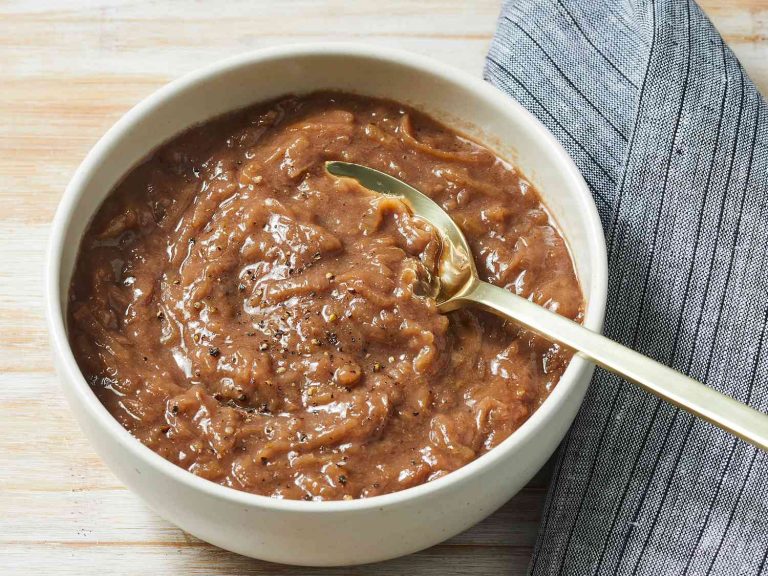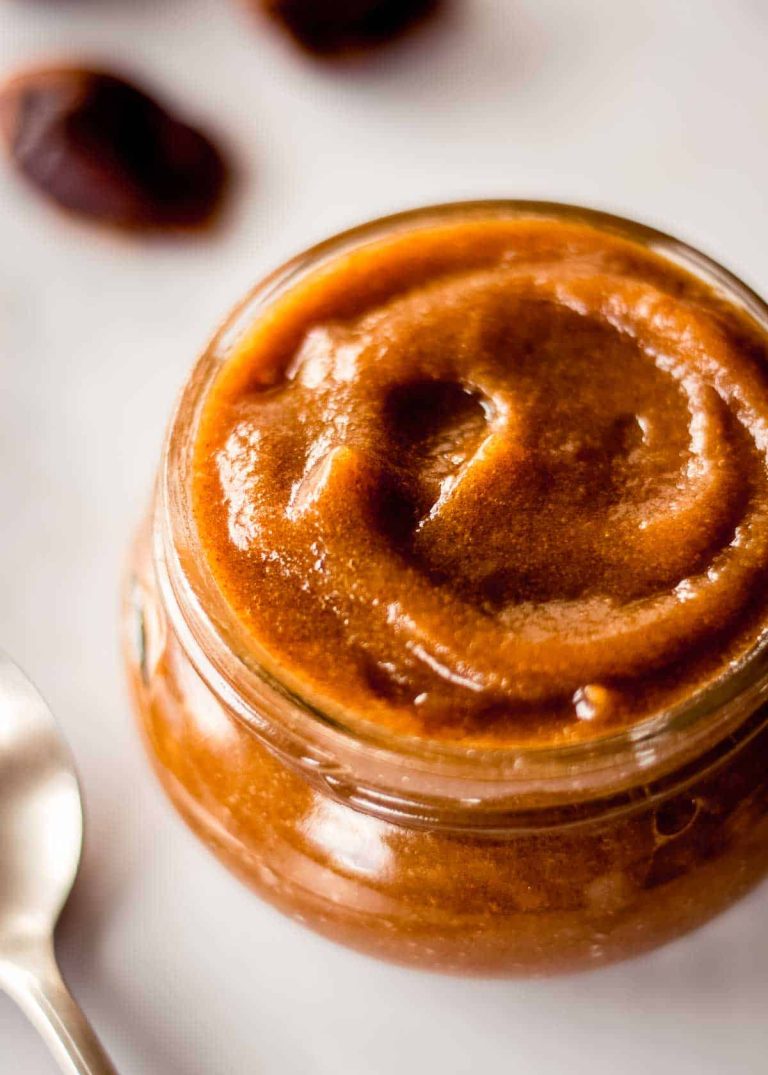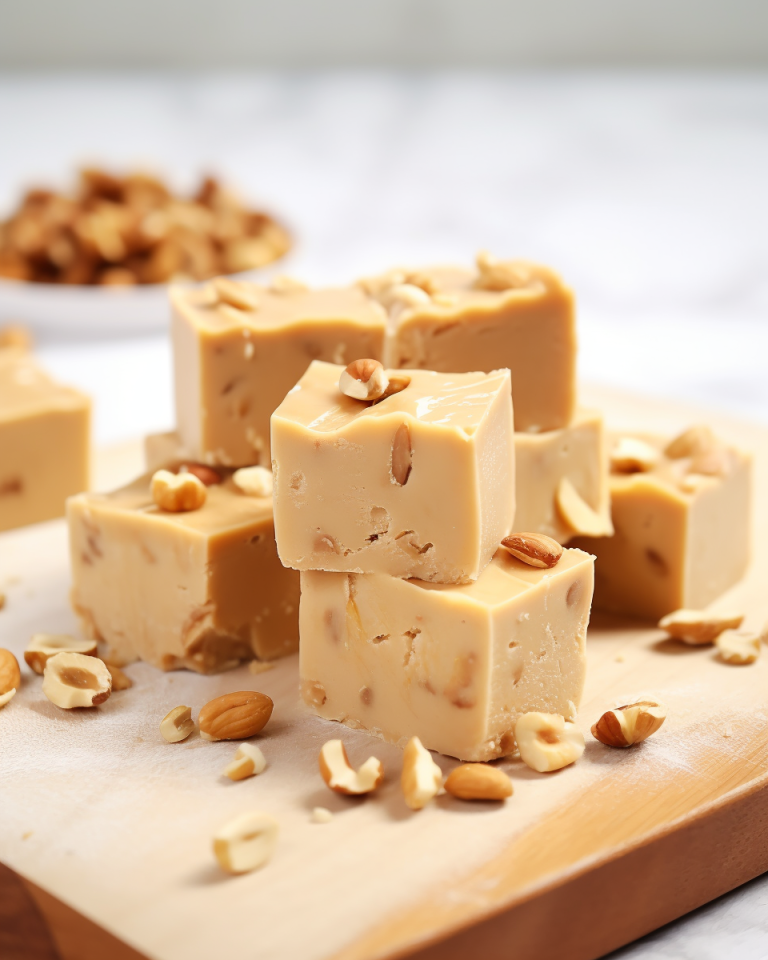Teriyaki Shrimp Recipe: Healthy, Delicious, and Perfect for Any Meal
Selecting high-quality shrimp ensures the best flavor and texture. Look for fresh, wild-caught shrimp, as they tend to have a more robust taste compared to farm-raised varieties. Choose medium to large shrimp, which typically measure 21-30 shrimp per pound. Make sure they’re deveined and peeled for convenience. If fresh shrimp aren’t available, opt for frozen ones with a clean label free from preservatives like sodium tripolyphosphate.
Essential Ingredients for Teriyaki Sauce
Crafting a delicious teriyaki sauce starts with a few key elements:
- Soy Sauce: Use low-sodium soy sauce to control the saltiness.
- Mirin: A sweet rice wine adding depth; if unavailable, sake with added sugar works.
- Sugar: Brown sugar offers a richer flavor than white sugar.
- Garlic and Ginger: Freshly minced garlic and ginger enhance the sauce’s aroma.
- Honey: Natural sweetness complements the savory elements.
- Cornstarch: A small amount thickens the sauce for better coating.
Combine these ingredients to make a well-balanced teriyaki sauce that enhances the shrimp’s flavor. For an extra twist, adding a splash of sesame oil and a sprinkle of sesame seeds can elevate the dish.
Preparing Your Teriyaki Sauce
Store-Bought vs. Homemade Sauce
Store-bought teriyaki sauces save time but often contain preservatives and excess sugar. Homemade sauces offer more control over ingredients and flavor. You can adjust sweetness and saltiness, ensuring a healthier option. For quality control, use fresh soy sauce, mirin, garlic, ginger, and honey. Homemade sauces also let you avoid allergens or dietary restrictions. Opt for homemade if you want a personalized and fresher taste.
Customizing Your Sauce Flavor
Customizing the flavor of your teriyaki sauce ensures it meets your taste preferences. Start by adjusting the sweetness with different amounts of honey or brown sugar. For a tangier sauce, increase the mirin or add a splash of rice vinegar. Enhance the umami by using tamari instead of soy sauce. Introduce heat with chili flakes or sriracha. For depth, add sesame oil or sprinkle toasted sesame seeds. By experimenting with these elements, you can create a sauce that perfectly complements your shrimp.
Cooking Techniques for Teriyaki Shrimp
Preparing the Shrimp
First, ensure you have fresh or properly thawed shrimp. For fresh shrimp, remove the shell, legs, and tails unless you prefer them intact for presentation purposes. Devein the shrimp by making a shallow cut along the back and removing the black vein with a knife.
Pat the shrimp dry with a paper towel. This step is crucial for achieving a good sear later. Marinate the shrimp in the homemade teriyaki sauce for at least 15 minutes, up to 2 hours for richer flavor.
Best Cooking Methods
To achieve perfectly cooked teriyaki shrimp, consider these methods:
- Sautéing: Heat a tablespoon of oil in a skillet over medium-high heat. Add the shrimp and cook for 2-3 minutes per side, until they turn pink and opaque. Pour in the remaining marinade in the last minute to thicken the sauce.
- Grilling: Preheat the grill to medium-high. Thread the shrimp onto skewers, brush them with oil, and place them on the grill. Cook for 2-3 minutes per side, brushing occasionally with the marinade.
- Baking: Preheat the oven to 400°F (200°C). Arrange the shrimp in a single layer on a baking sheet lined with parchment paper. Brush with the marinade and bake for 8-10 minutes, until the shrimp are pink and opaque.
- Stir-Frying: Heat a tablespoon of oil in a wok over high heat. Add the shrimp and cook, stirring constantly, for 3-4 minutes. Add the remaining marinade in the last minute to coat the shrimp evenly.
These methods ensure the shrimp remain tender and flavorful, accentuated by the rich teriyaki glaze.
Serving Suggestions for Teriyaki Shrimp
Accompanying Dishes
Pair your teriyaki shrimp with complementary side dishes to create a balanced meal. Steamed rice, for example, absorbs the rich teriyaki sauce, providing a perfect base. Vegetable stir-fries, including broccoli, bell peppers, and snap peas, add both color and nutritional value. For a lighter option, serve a fresh green salad with a tangy sesame dressing to contrast the shrimp’s sweetness. Consider including pickled vegetables or kimchi for a spicy, tangy twist.
Presentation Tips
Serve teriyaki shrimp on a platter to create an eye-catching display. Drizzle extra teriyaki sauce over the shrimp for added flavor and visual appeal. Garnish with finely chopped green onions and toasted sesame seeds for a pop of color and texture. Use a combination of red and green bell pepper slices to enhance the dish’s visual elements. Serve the shrimp over a bed of rice, or arrange them around a mound of rice for a neat presentation. Using a large white plate accentuates the vibrant colors of the shrimp and garnishes.
Health Benefits of Homemade Teriyaki Shrimp
Nutritional Content
Homemade teriyaki shrimp offers a nutrient-rich meal. Shrimp is low in calories, with about 84 calories per 3-ounce serving, and provides 20 grams of protein. It’s rich in essential vitamins and minerals such as vitamin B12, selenium, and phosphorus. Vitamin B12 supports nerve function and red blood cell formation, while selenium acts as an antioxidant. Shrimp also contains omega-3 fatty acids, promoting cardiovascular health.
Teriyaki sauce contributes additional nutrients, especially when made with reduced-sodium soy sauce. Soy sauce provides small amounts of protein, iron, and potassium. Ginger and garlic, common ingredients in teriyaki sauce, add anti-inflammatory properties and antioxidants. Overall, the dish combines protein, vitamins, and healthy fats.
Healthier Alternatives to Traditional Ingredients
Traditional teriyaki sauce often contains high sugar and sodium levels. Using natural sweeteners like honey or maple syrup instead of refined sugar can make the sauce healthier. Additionally, opting for reduced-sodium soy sauce or tamari reduces the overall sodium content. Rice vinegar can replace mirin to cut down on sugar and calories.
Incorporating more vegetables into the dish boosts its nutritional profile. Adding bell peppers, broccoli, or snap peas provides extra vitamins, minerals, and fiber. Steaming or lightly sautéing veggies maintains their nutrient density. These modifications ensure you enjoy a flavorful teriyaki shrimp dish with enhanced health benefits.
Conclusion
Homemade teriyaki shrimp offers a delightful way to enjoy a restaurant-quality meal right in your kitchen. It’s quick to prepare and versatile enough for any occasion. By following the tips and suggestions provided, you can create a visually appealing and nutritionally balanced dish that satisfies your cravings. Plus, with healthier ingredient alternatives, you can indulge guilt-free. Give this recipe a try and elevate your home dining experience!






